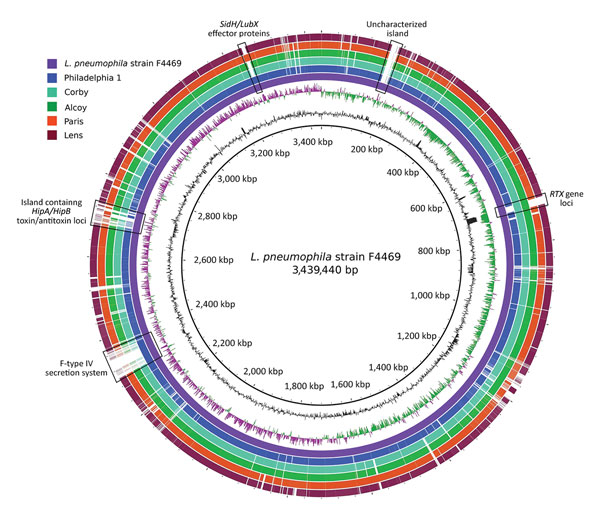Dear Diary,
So, I wanted to know more about Legionella pneumophila, so I went to Google and did my research. Legionella pneumophila is a single cell, filamentous, gram-negative, rod (cocci) shaped bacteria between two to 20 micrometers long. This gives L. Pneumophilathe ability to exist in lakes and rivers but also in aquatic biofilm, cooling towers, and air conditioning units. Intracellular vacuoles are how the host cell is manipulated to cause disease. Legionella has 39 species to date and 60 types of specific antigenic. Legionella is typically transmitted via aerosol but can be found in drinking water or surfaces.
The bacterium’s genome size is 45 kilobase pairs. The L. Pneumophilahuman genome, serogroup 12 strain 570-CO-H, has been sequenced. Mikesell and Knudson observed sixteen strains from six serogroups of L. pneumophila. A serogroup, or serotype, is used to classify variations within a species of microorganisms.
Two strains, Atlanta-1 and Atlanta-2, (how ironic) from serogroup II, contained one plasmid, both had the molecular weight of ca. 30 megadaltons. L. Pneumophila contains lipopolysaccharide, type II secretion system, and outer membrane proteins. There are minimal PHBA inclusion bodies. They also contain a bacterial envelope which is vital for a component in the pathogenesis of the disease. The bacterium uses a LadC-negative mutant, flagellum specific, to adhere to the host to cause disease. L. Pneumophila have flagella and pili, both used for locomotion.
Anyway, that’s all I could find for today. If I find more information, I’ll update on a different page. Talk to you later.
Robyn
P.S. Here are some videos to help you understand a little more about Legionella
References
CDC. “Legionnaires Disease Cause and Spread | Legionella | CDC.” Centers for Disease Control and Prevention, Centers for Disease Control and Prevention, 30 Apr. 2018, www.cdc.gov/legionella/about/causes-transmission.html.
Health and Safety Executive. “What Is Legionnaires’ Disease?” HSE, www.hse.gov.uk/legionnaires/what-is.htm.
Mikesell, Perry, and Gregory B Knudson. “A Plasmid in Legionella Pneumophila.” INFECTIONAND IMMUNITY, vol. 29, no. 3, Sept. 1980, pp. 1092–1095., iai.asm.org/content/iai/29/3/1092.full.pdf.
Miller, Richard D, and Martha J Tesh. “Amino Acid Requirements for Legionella Pneumophila.” JOURNAL OF CLINICAL MICROBIOLOGY, Vol. 13, No. 5, May 1981, pp. 865–868.
Shevchuk, Olga, et al. “Virulence Properties of the Legionella Pneumophila Cell Envelope.” Frontiers in Microbiology, Frontiers Research Foundation, 25 Apr. 2011, www.ncbi.nlm.nih.gov/pmc/articles/PMC3129009/.




